Freestyle skiing is pushing boundaries with jaw-dropping tricks and new gear, but judging systems are struggling to keep up. Current scoring methods were designed for simpler moves and traditional equipment, leaving gaps in how modern performances are evaluated. Here's what's happening:
- Judging Challenges: Tricks are more complex, and newer disciplines like Big Air demand scoring systems that reward innovation, not just technical execution.
- New Scoring Ideas: The FIS is testing a system for Slopestyle that prioritizes progression, variety, and overall impression, making scores clearer and more fair.
- Game-Changing Gear: Compact equipment like Snowfeet is shaking things up, allowing for sharper spins and creative moves, but it also requires updated judging criteria.
The future of freestyle skiing lies in balancing tradition with bold new ideas. From testing fresh scoring systems to embracing modern gear, the sport is evolving fast. Keep reading to see how these changes could reshape competitions - and maybe even the Olympics.
How Is Amplitude Measured In Slopestyle Judging? - The Winter Sport Xpert
Current Freestyle Ski Judging Methods and Standards
Freestyle skiing uses different judging systems tailored to its various disciplines. Two of the most prominent organizations are the International Ski Federation (FIS), which oversees Olympic events like Aerials, and the International Freeskiers & Snowboarders Association (IFSA), which focuses on big mountain competitions.
Here’s a closer look at how judging works in these major events.
Main Judging Factors
In FIS Olympic Aerials, athletes are scored based on Air, Form, and Landing:
- Air (20% of the score): Judges evaluate the takeoff, jump height, and distance.
- Form (50% of the score): This is the most critical category, where body position, ski placement, and arm positioning are scrutinized. Points are deducted for breaks in form or incomplete tricks.
- Landing (30% of the score): A smooth, balanced landing is key, with penalties for errors like hand drags.
Each jump is scored out of 30.0 points before factoring in difficulty. Athletes must declare their planned tricks from an approved list in advance. If they fail to complete the required number of twists or flips, they receive a DNF (did not finish) for that attempt.
On the other hand, IFSA’s big mountain competitions take a broader view, judging the entire descent. The Line Choice score, set by the head judge, forms the foundation and reflects the difficulty of the terrain. Factors include steepness, exposure, air opportunities, snow quality, and overall complexity. Additional criteria include:
- Control: Points are deducted for losing composure, though skilled recoveries can help offset penalties.
- Fluidity: Smooth, continuous runs earn higher scores, while falls or stops hurt the score.
- Technique: Judges focus on the quality of turns.
- Style & Energy: Creativity and the energy brought to the line are rewarded.
As skis, gear, and athletic techniques evolve, these systems face growing challenges in keeping up with the sport’s progression.
Scoring Systems and Clear Judging
FIS Aerials uses a split scoring system with five judges. The highest and lowest scores are dropped, and the remaining total is multiplied by the trick’s degree of difficulty. IFSA’s system, however, ties all scoring categories to the Line Choice score, capping them at three points above it. Strict penalties are applied for falls in designated "no-fall zones".
| Organization | Primary Focus | Scoring Approach | Key Penalty Areas |
|---|---|---|---|
| FIS Aerials | Aerial trick performance | Drop highest/lowest, multiply by difficulty | Form breaks, incomplete tricks, landing mistakes |
| IFSA Big Mountain | Complete descent | Line Choice–based scoring | Falls in no-fall zones, loss of control |
These systems highlight the contrasting priorities in freestyle skiing. FIS Aerials focuses on precision and execution of planned maneuvers, while IFSA emphasizes terrain difficulty and overall performance. Yet, neither fully captures the creativity and spontaneity seen in newer disciplines like Big Air, where athletes push boundaries with inventive spins and tricks. As freestyle skiing evolves, judging criteria will likely need to adapt to better reflect the sport’s dynamic nature.
Expert Views: What's Next for Freestyle Ski Judging
Freestyle skiing is evolving fast, and many industry leaders and athletes believe the judging systems need to catch up. While the current methods do the job, there's growing consensus that they don't fully reflect the sport's creativity and the bold new approaches seen in competitions.
Shifting Focus to Variety and Creativity
The International Ski Federation (FIS) is experimenting with a new slopestyle judging system that splits the score into two parts: 60% for feature-specific scores and 40% for overall impression, assessed using the PAVED criteria - Progression, Amplitude, Variety, Execution, and Difficulty. Here's how it works:
- Each feature is scored on a 1-to-100 scale.
- Overall impression is judged based on PAVED, which emphasizes creativity and pushing boundaries.
This updated system makes deductions clearer and ensures scores are more consistent across events. In the past, it was tough for athletes to understand where they lost points, and scores often depended on how they ranked compared to others on the day, rather than on a universal standard. The new approach aims to fix that by rewarding skiers who try innovative tricks and explore fresh techniques, rather than penalizing them for straying from traditional styles. With freestyle skiing becoming more diverse, these changes feel like a step in the right direction.
Adapting to New Gear and Styles
Another challenge for judges is the wave of new equipment that's changing how tricks are performed. Traditional long skis and snowboards have been the norm, but now shorter, more agile gear is making waves. Take Snowfeet*, for example. These compact skates, measuring just 15–47 inches compared to the usual 6-foot skis, allow for entirely different movements and tricks. They're portable, versatile, and offer fresh possibilities for freestyle skiing.
This shift in gear forces judges to rethink their scoring. A 720-degree spin on traditional skis isn't the same as one done on skiskates - it requires a different technique. The new FIS scoring system, with its focus on objective evaluation, could be better suited to fairly assess these variations.
Modern equipment like Snowfeet* also brings practical advantages, such as quick setup and easy transitions. These innovations are already influencing how competitions are structured. Judges now face the challenge of recognizing these new dynamics and adjusting their criteria to reflect the unique performance styles that shorter skis or hybrid setups make possible.
As athletes continue experimenting with gear and techniques, the judging system will need to stay flexible. The goal is to ensure fairness while encouraging innovation, so skiers aren't stuck being compared to traditional standards. This evolution in equipment and scoring could reshape the future of freestyle skiing competitions.
sbb-itb-17ade95
Equipment Changes: Snowfeet* vs. Standard Ski and Snowboard Brands
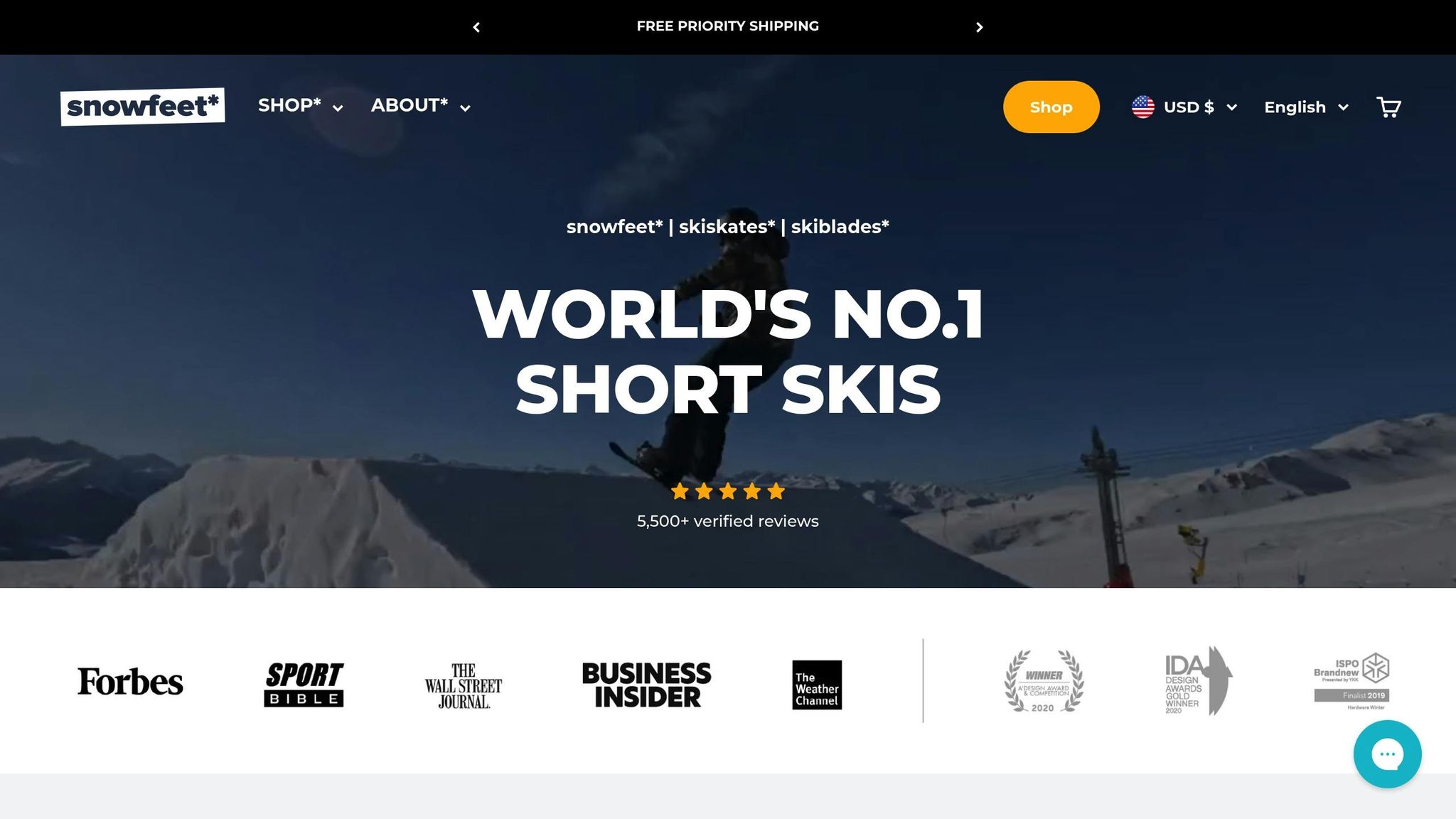
Freestyle skiing is seeing a shake-up in equipment design, challenging long-standing norms. Traditional giants like Rossignol, K2, and Burton have ruled the market with their longer skis and snowboards. But now, companies like Snowfeet* are stepping in with smaller, more agile gear that’s changing the game. This shift opens up new possibilities in freestyle skiing.
Benefits of Snowfeet* in Today's Freestyle Skiing
Snowfeet* Mini Ski Skates (about 15 inches) and Skiskates (around 17 inches) bring a whole new level of agility to the sport. They make it easier to pull off faster rotations, tighter spins, and creative ground tricks that just aren’t as doable with longer skis.
Another big win for Snowfeet* is portability. Unlike traditional skis that need roof racks or oversized bags, Snowfeet* gear is so compact and lightweight it can fit in a regular backpack. Plus, they’re versatile - compatible with winter shoes, ski boots, or snowboard boots. This simplicity cuts down on the hassle and makes it easier to practice almost anywhere, whether that’s your backyard or a hiking trail. No more lugging around bulky equipment or dealing with the usual setup headaches.
Comparison: Snowfeet* vs. Standard Skis and Snowboards
| Feature | Snowfeet* Products | Traditional Skis | Traditional Snowboards |
|---|---|---|---|
| Length | 15–47 inches | 60–75 inches | 48–65 inches |
| Portability | Lightweight; fits in a backpack | Requires roof rack/ski bag | Requires specialized bag |
| Boot Compatibility | Works with winter shoes, ski boots, or snowboard boots | Ski boots only | Snowboard boots only |
| Terrain Versatility | Great for urban and off-piste training | Mainly slopes and parks | Mainly slopes and parks |
| Price Range | $250–$775 | $400–$1,200+ | $300–$800+ |
Possible Effects on Competitive Freestyle Skiing
Snowfeet* gear has the potential to shake up competitive freestyle skiing. It could even lead to entirely new competition categories focused on short skis - similar to how snowboarding carved out its own space in the Olympics.
To keep up, judging systems might need to evolve too. Tricks performed on compact gear like a 15-inch skiskate require different techniques compared to traditional 6-foot skis. For instance, spins, jump trajectories, and landings all play out differently, meaning the criteria for scoring might need some tweaking.
Snowfeet* also lowers the barrier to entry for athletes. With prices starting around $250 and the gear’s portability making training more accessible, more people could join the sport and develop their skills faster. Coaches and athletes alike might embrace these changes, focusing more on creativity and innovation rather than sticking strictly to traditional methods. As the sport evolves, it seems likely that freestyle skiing will continue to reward bold, imaginative approaches over convention.
Ideas for Future Judging Criteria Changes
Freestyle skiing is evolving, and its judging criteria need to keep pace. With modern equipment and a growing range of athletes entering the sport, updates should focus on rewarding creativity, fairness, and technical advancements.
Adding New Equipment to Competitions
One way to modernize is by introducing separate categories for traditional skis and newer, compact gear like Snowfeet*. The success of formats like the 2022 Dual Moguls Mixed Team event at junior competitions shows how pilot programs can help integrate fresh ideas into the competitive scene.
By grouping athletes based on the type of equipment they use, competitions could create a more level playing field. This would also allow judges to develop scoring systems tailored to the unique challenges and physics of each gear type. For instance, compact gear like Snowfeet* requires different skills, such as sharper rotation dynamics, enhanced control, and distinct landing techniques. Adjusting the scoring rubrics to reflect these differences would ensure fair assessments for all participants and pave the way for specialized judging standards.
Balancing New Ideas and Fair Scoring
Once new competition categories are in place, the next step is fine-tuning the scoring systems to align with the unique strengths and challenges of each type of equipment. For shorter, more agile gear, judges might focus on elements like quick direction changes, creative ground tricks, and inventive use of terrain - skills that are harder to showcase with traditional skis. Meanwhile, classic events could continue to prioritize amplitude, technical precision, and traditional aerial maneuvers.
Risk evaluation should also be adjusted to account for the distinct demands of compact gear. Judges would need targeted training to fairly evaluate performances using new equipment, ensuring athletes aren't penalized for embracing innovation.
Another exciting possibility is adding creativity bonuses. Athletes who pull off unconventional tricks or blend elements in unexpected ways could earn extra points. This would encourage experimentation while maintaining clear technical standards.
Test Programs for New Judging Methods
Before rolling out major changes, testing is key. Pilot programs can help refine updated judging systems, ensuring they work smoothly before being implemented on a larger scale. For example, the Aerials Synchro format - where two athletes perform synchronized tricks - has already been tested at the Continental Cup level. This approach demonstrates how smaller international events can act as proving grounds for new ideas before they reach World Cup stages.
Regional competitions could also be ideal for testing events featuring compact gear like Snowfeet*. These smaller contests would give judges valuable practice in scoring such performances and provide feedback from athletes and audiences alike. The data collected could guide broader implementation strategies.
Demonstration events at major competitions could further highlight the potential of freestyle skiing with innovative equipment. Historically, exhibition sports have been a great way to introduce emerging disciplines to the mainstream. To make this transition successful, judges would need hands-on training with gear like Snowfeet*, helping them understand the biomechanics and unique aspects of modern performances.
Conclusion: Building a Better Future for Freestyle Skiing
Freestyle skiing judging has to keep pace with the evolution of gear and the growing creativity of athletes. The future lies in striking a balance between honoring competitive fairness and embracing innovation. This means creating judging criteria that reward both technical skill and artistic expression, while making room for traditional techniques and bold, new approaches.
Take modern equipment, for example. Gear like Snowfeet*, which is already shaking up competitive norms, represents a big shift in how athletes can approach freestyle skiing. Unlike the long skis from brands like Rossignol or K2, compact equipment opens the door to inventive, high-difficulty moves. The enhanced agility and unique rotational capabilities of shorter gear challenge current judging frameworks, calling for fresh perspectives to fairly evaluate these advantages.
But this isn't just about fairness - it’s about growing the sport. Updating judging criteria to include diverse equipment types makes freestyle skiing more inclusive and accessible, allowing more athletes to compete at their best.
Testing the waters through pilot programs is key. Regional competitions can serve as proving grounds for new judging methods before they’re adopted on a global scale. This careful, step-by-step approach ensures that any changes strengthen the sport without disrupting its core.
Looking ahead, the idea of seeing disciplines like skiskating in the Olympic Games might seem ambitious, but it’s a natural progression for winter sports. Snowboarding, once seen as a counterculture niche, made its way to the Olympics. Freestyle skiing, with its modern gear and evolving styles, could very well follow that same path.
FAQs
How will the new judging criteria for freestyle skiing make scoring more fair and transparent?
The judging criteria for freestyle skiing have been revamped to make competitions fairer and more transparent. With the help of advanced tech like remote judging, scoring is now more consistent and less prone to the influence of personal bias. This approach has made evaluations more reliable and scalable.
Another big shift is the use of feature-specific scoring systems. These break down each performance into clear, measurable components, making it easier to assess runs based on specific elements rather than relying on subjective impressions.
These updates tackle long-standing concerns about bias and unclear scoring. The goal? To ensure athletes are judged on a more even playing field, while also improving the overall competition experience for everyone involved.
How could compact gear like Snowfeet influence the future of freestyle skiing and its judging criteria?
Compact gear like Snowfeet is shaking things up in freestyle skiing. With their lightweight build and shorter design, they make it easier to pull off quick turns, maintain sharp control, and try out tricks that might feel impossible with traditional long skis. This shift could even nudge judging criteria to focus more on technical precision and originality.
As Snowfeet continues to grow in popularity, we might see competitions evolve to accommodate this new style of gear. This could push athletes to experiment and get creative, breaking away from the usual skiing norms. Snowfeet brings a fresh energy to the sport, encouraging a more diverse and dynamic approach to freestyle skiing that’s all about pushing boundaries and trying new things.
How is freestyle skiing judging evolving to better reflect creativity and innovation in events like Big Air?
The FIS is making changes to its scoring systems for freestyle skiing events like Big Air, starting in 2025. The updated criteria will put more emphasis on technical difficulty, originality, and style. The goal? To inspire athletes to go bigger, get more creative, and show off tricks that stand out.
This update brings a bit more subjectivity into the judging process, aiming to better capture the artistry and individuality that athletes bring to their runs. By reflecting the ever-evolving nature of freestyle skiing, these changes are designed to make competitions more exciting and celebrate the daring creativity that defines the sport today.







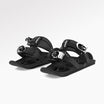

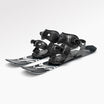
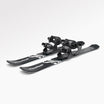

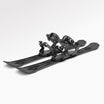

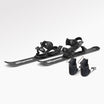






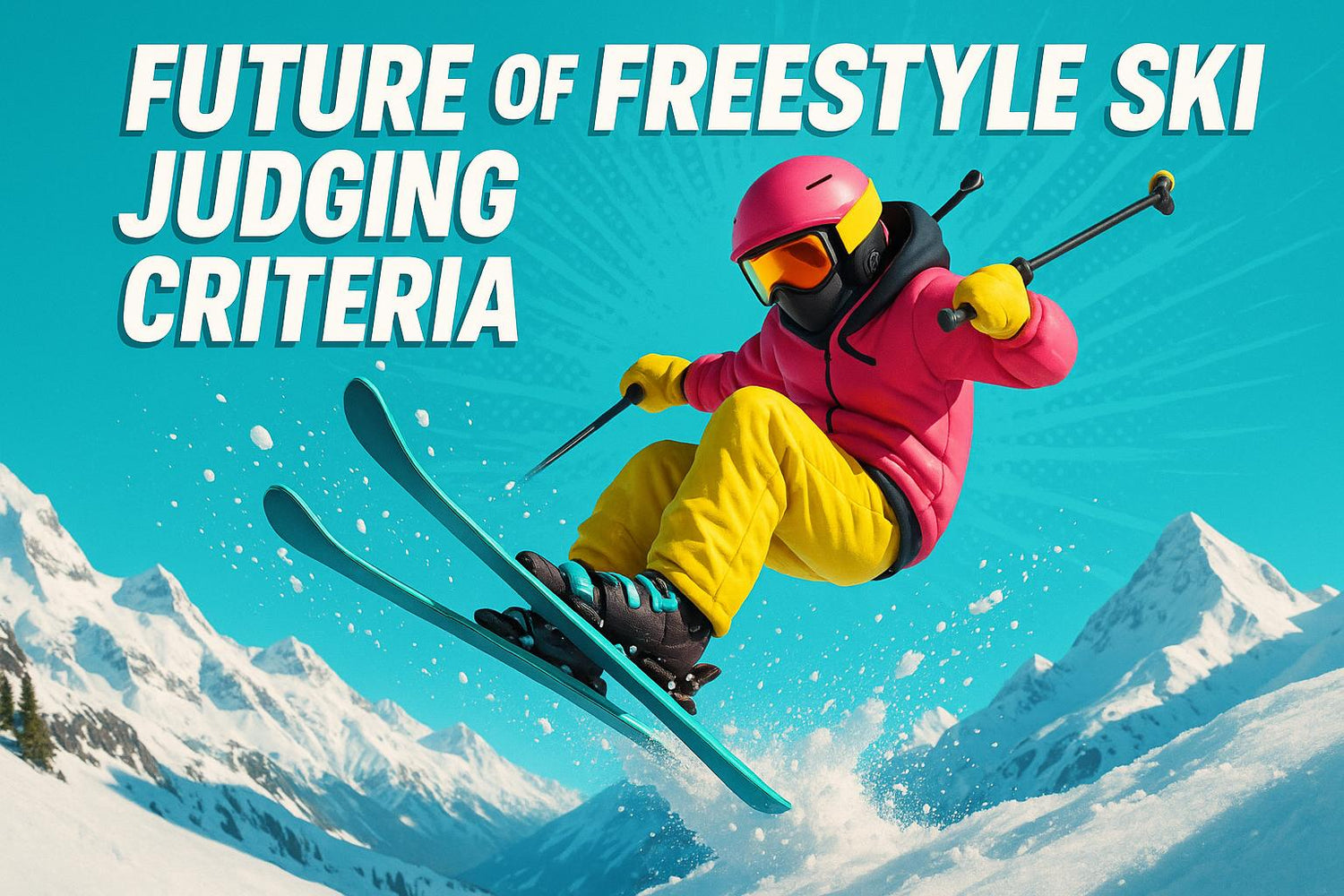
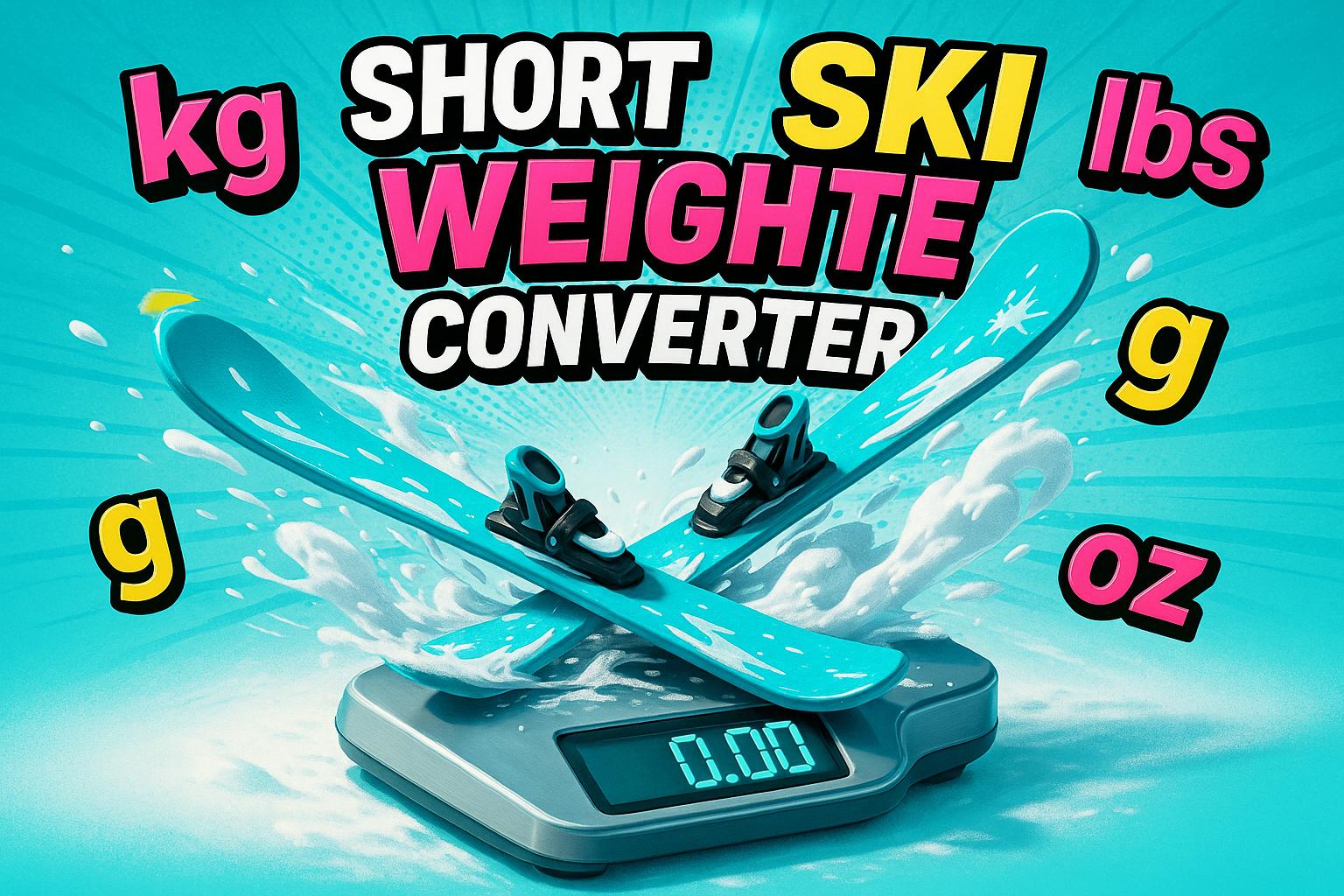
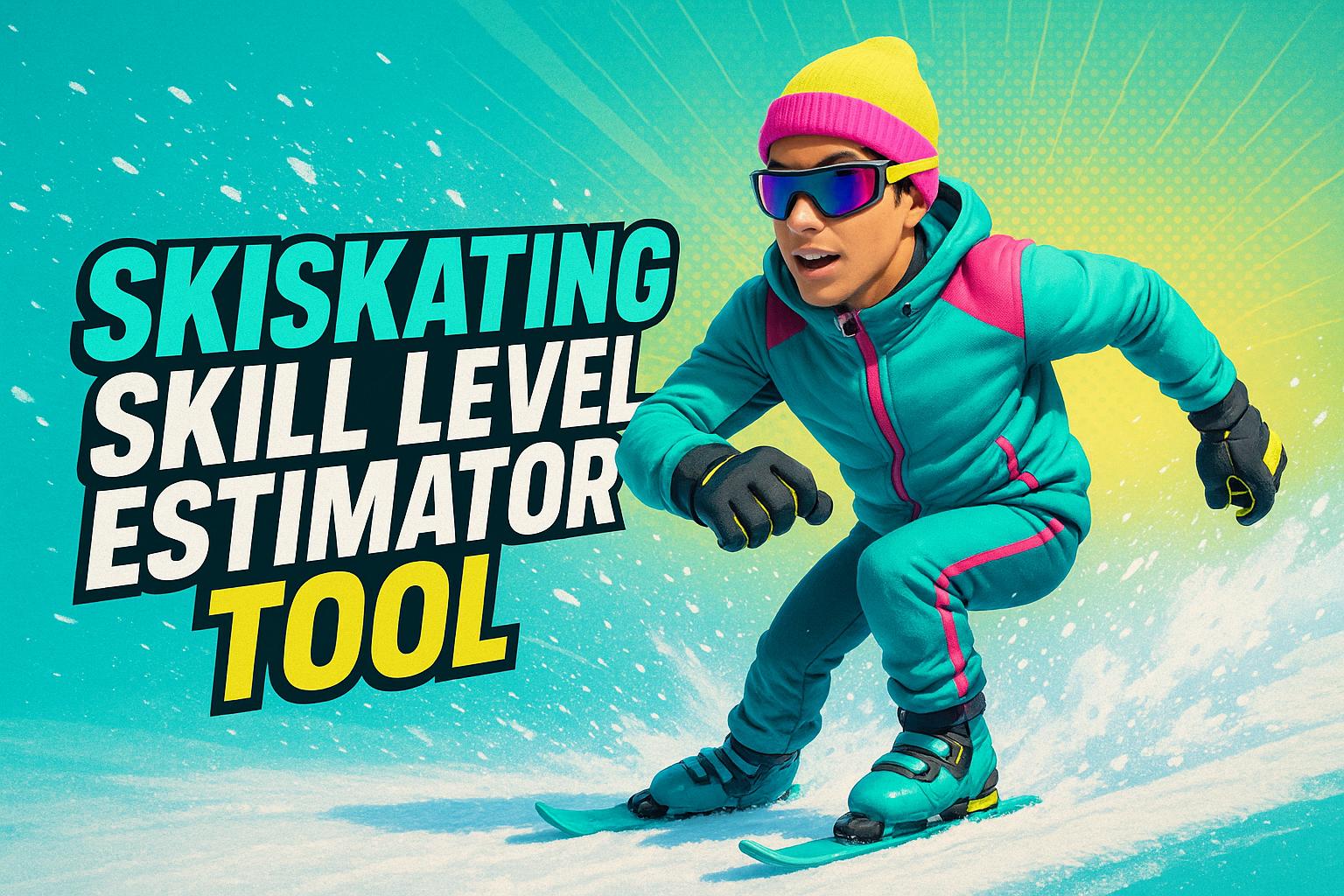

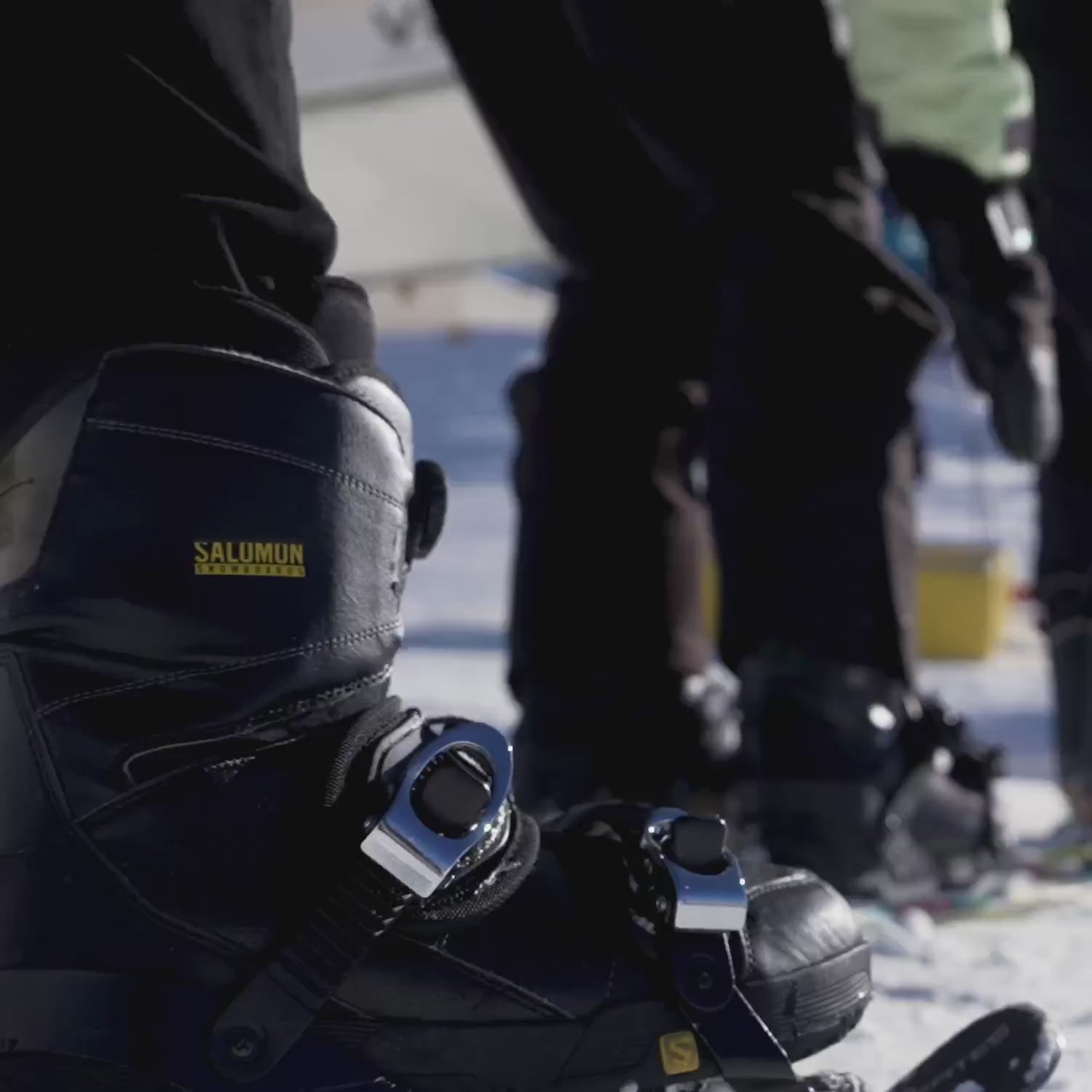

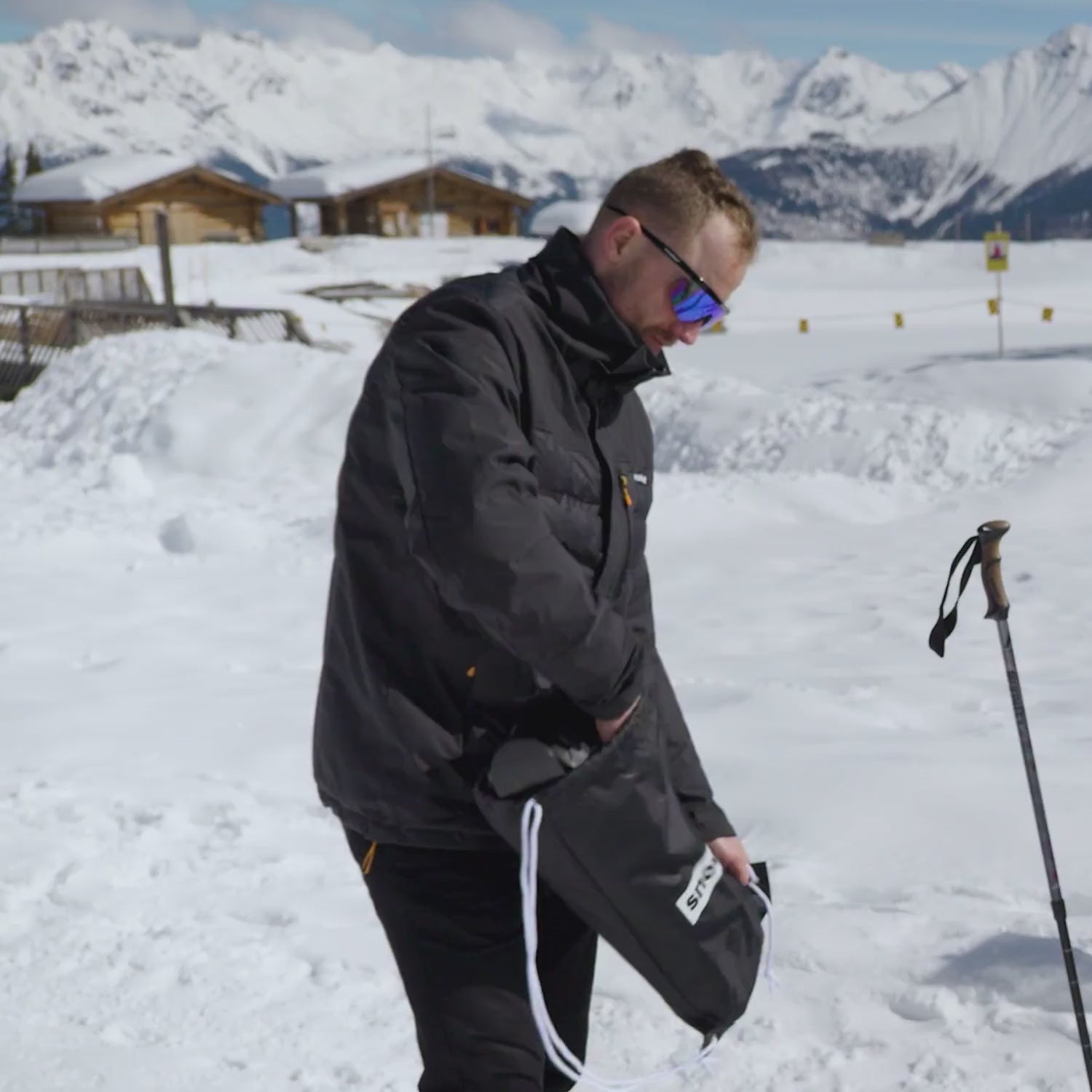
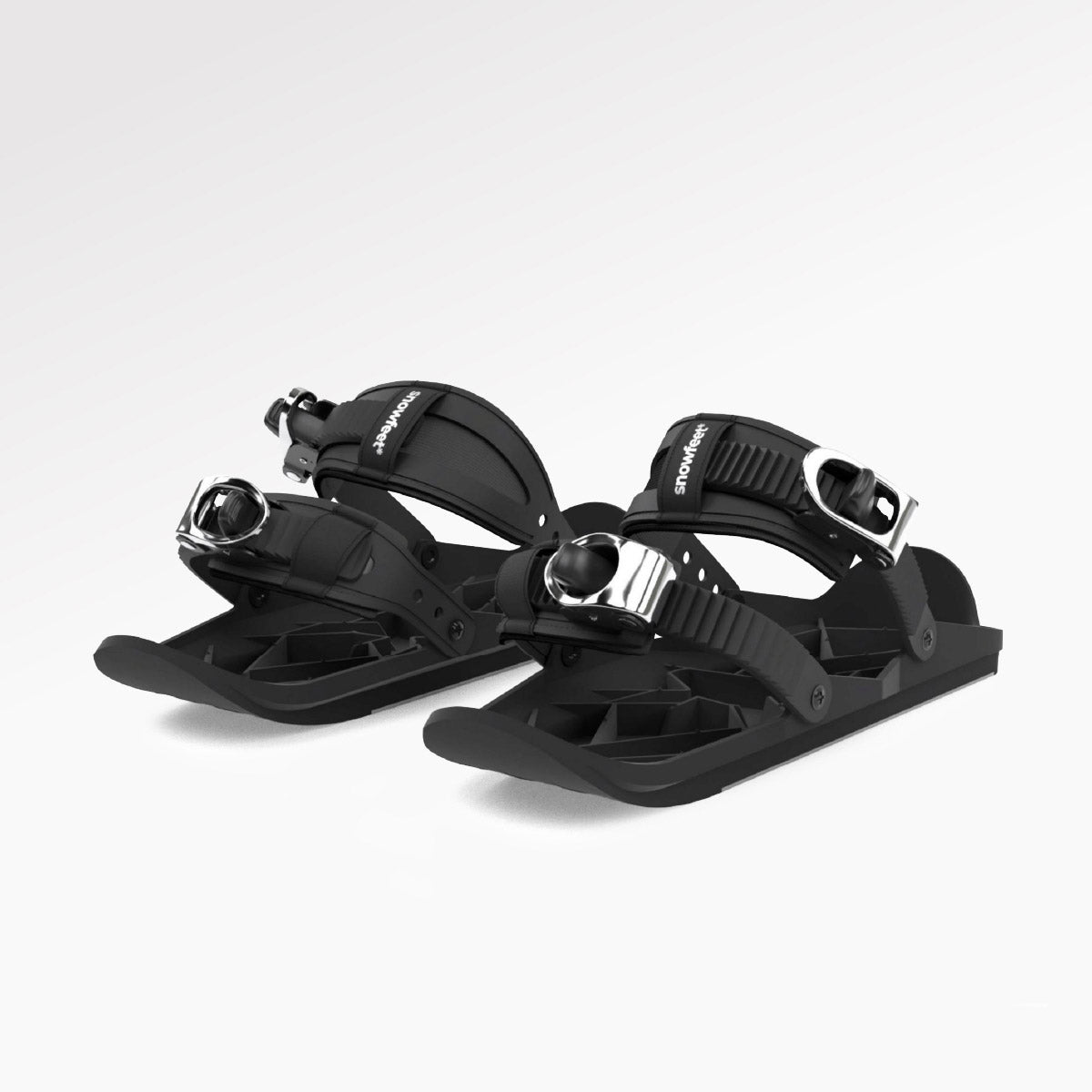
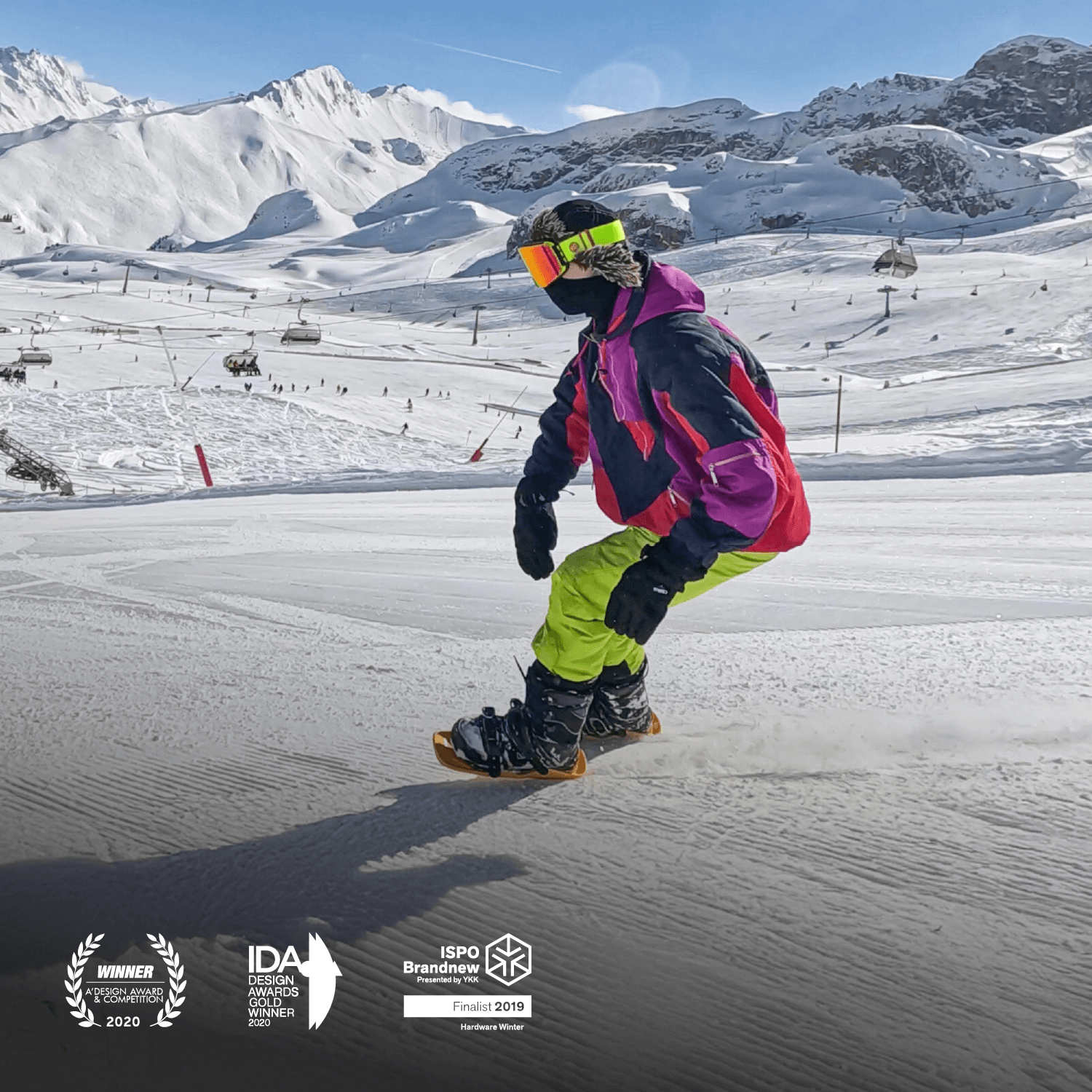
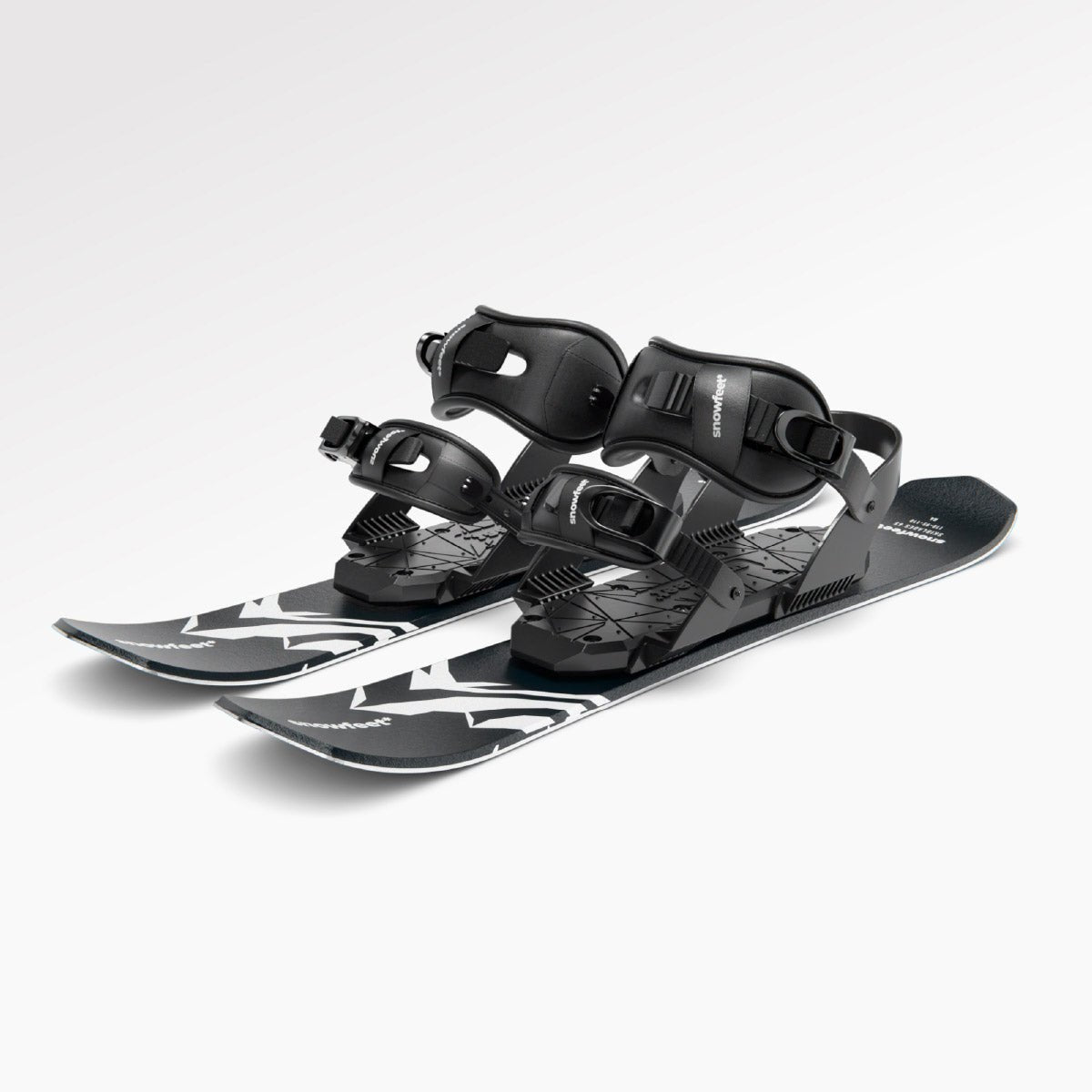
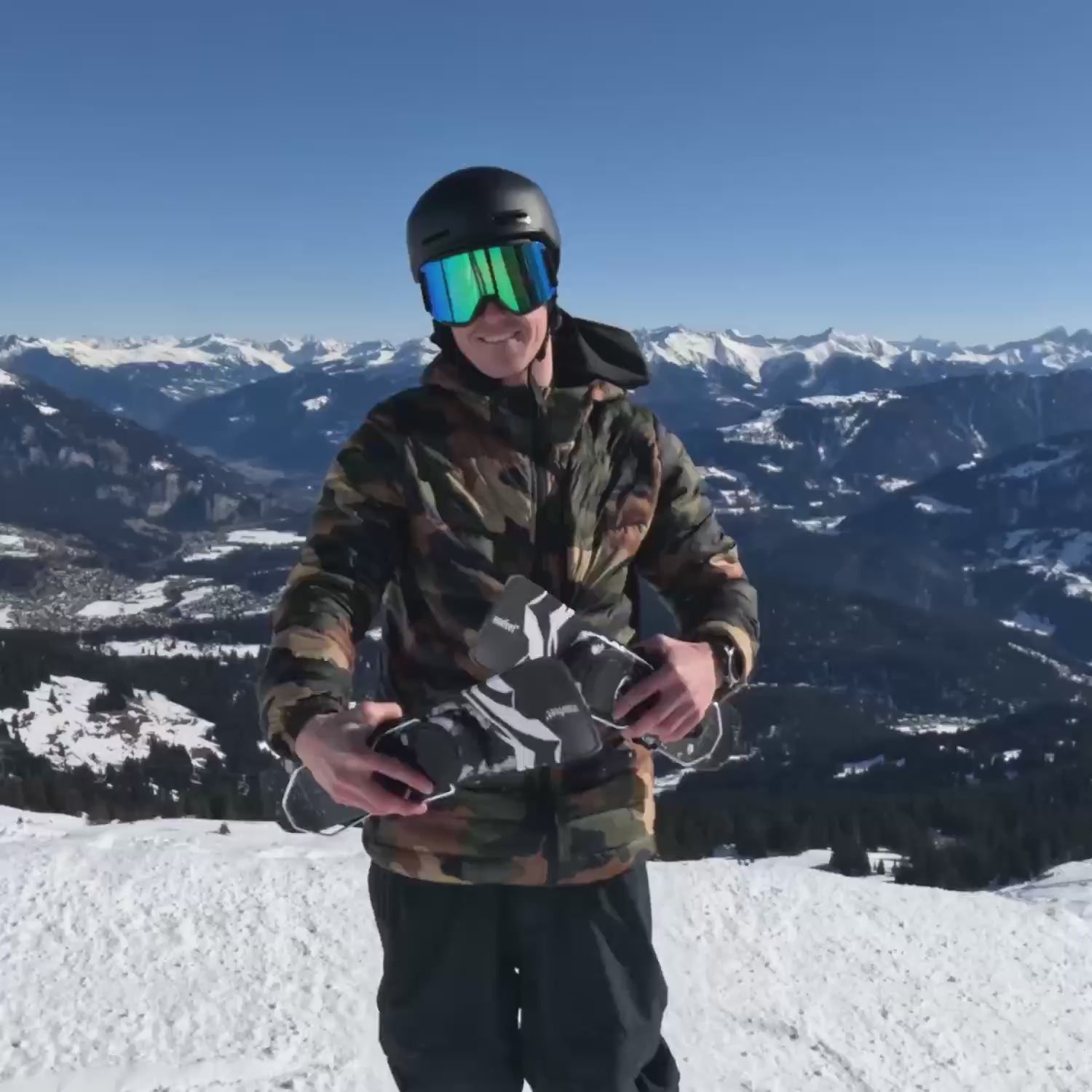
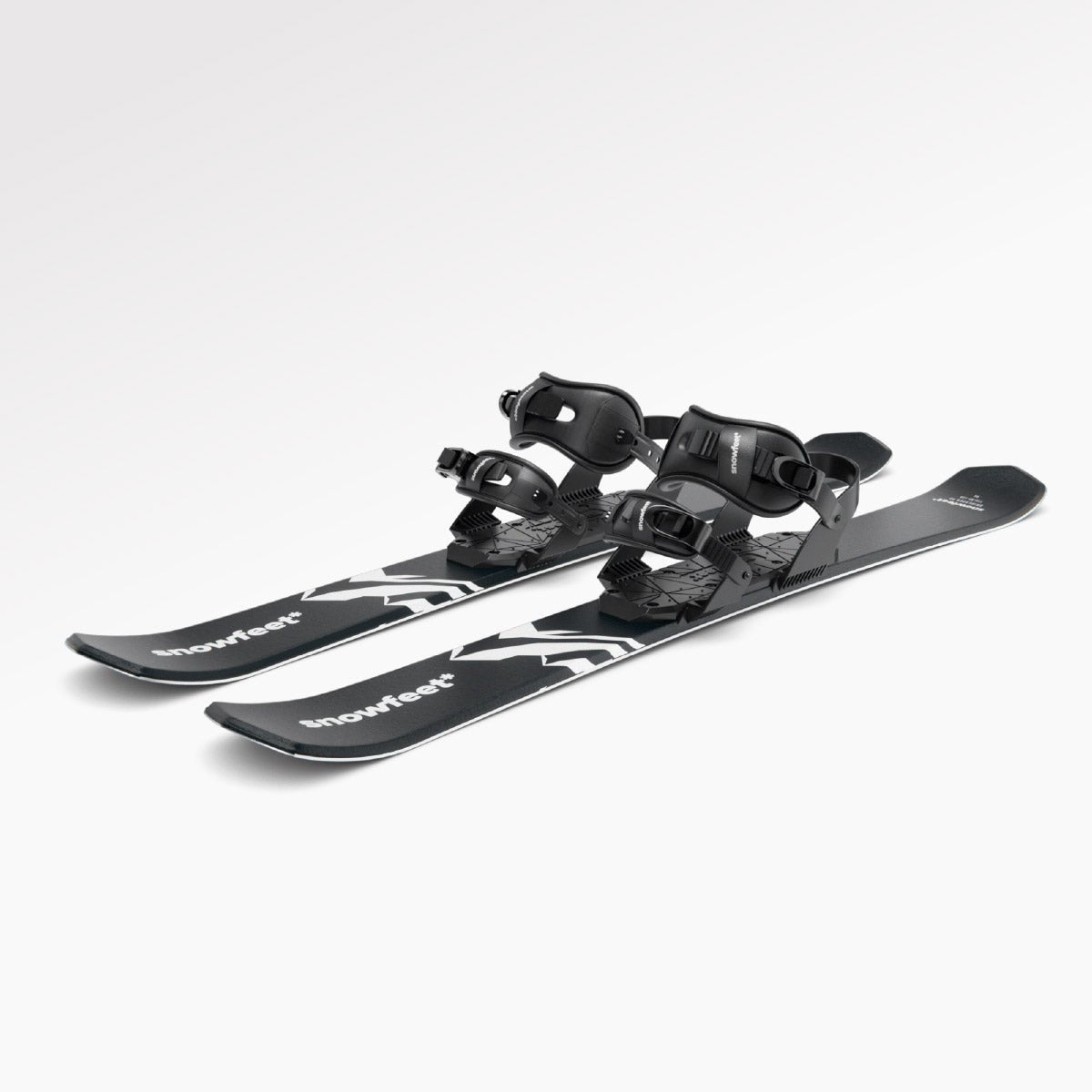
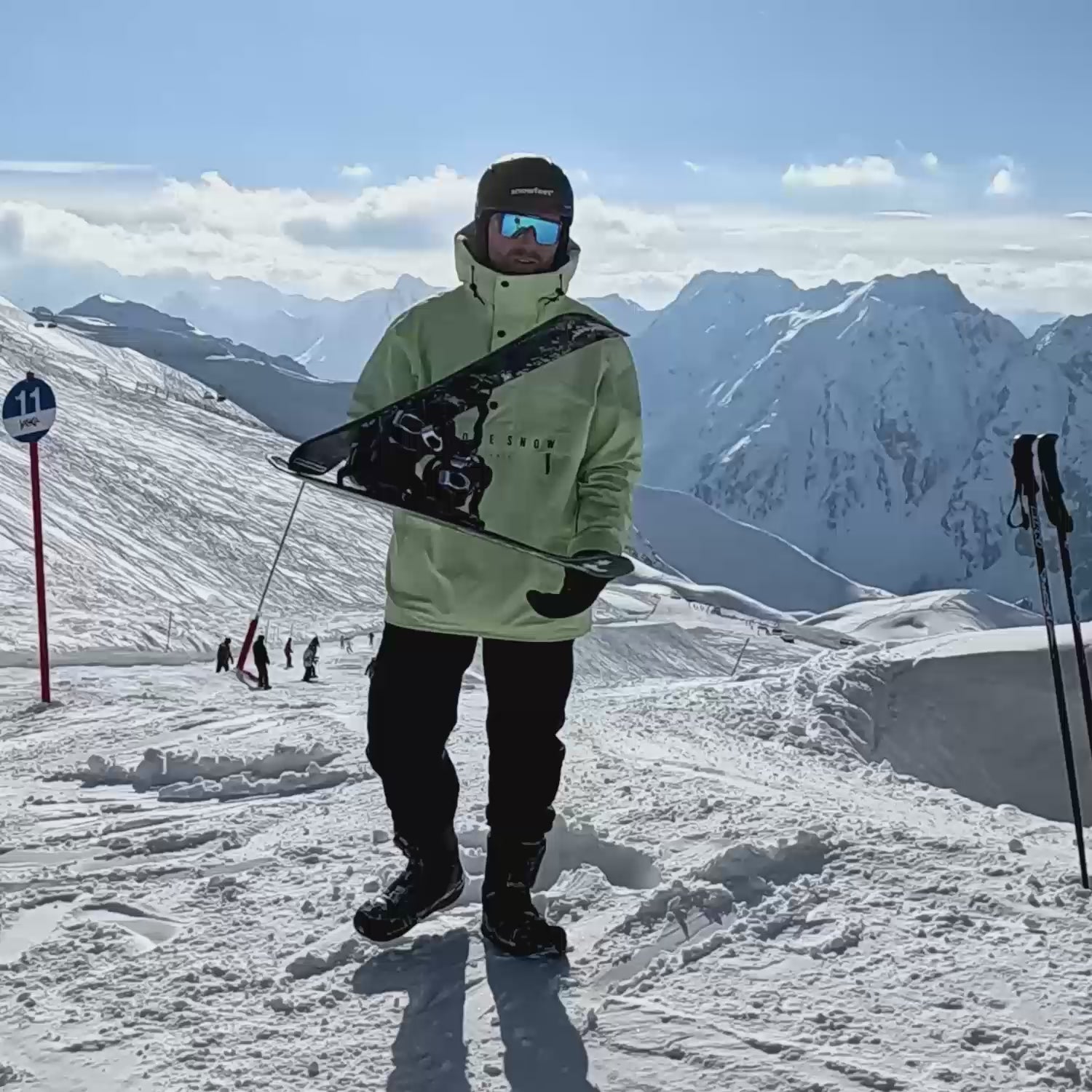
Leave a comment
This site is protected by hCaptcha and the hCaptcha Privacy Policy and Terms of Service apply.